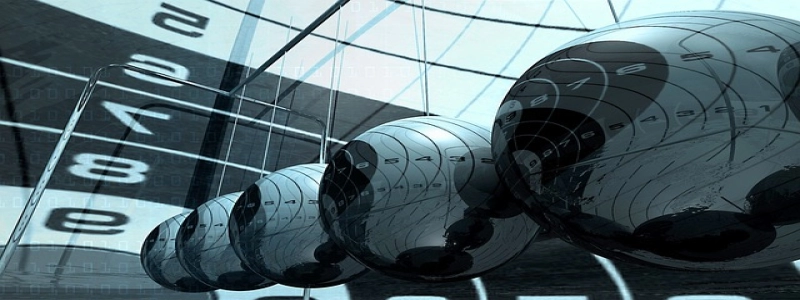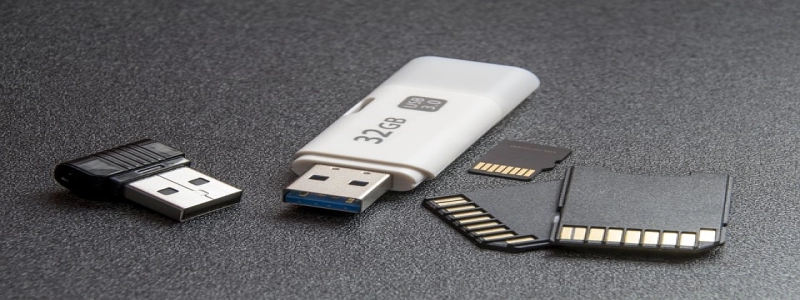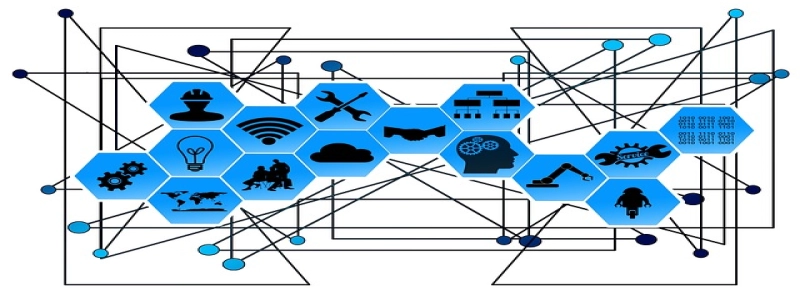Fiber Optic Internet Cables
Introduction:
Fiber optic internet cables have revolutionized the way we transmit data. With their high-speed capabilities and efficient performance, they have become the preferred choice for internet connectivity. In this article, we will explore the multi-level benefits of fiber optic internet cables and delve into the in-depth explanation of their working mechanism.
I. Benefits of Fiber Optic Internet Cables
A. High-speed transmission: Fiber optic cables offer unparalleled data transmission speeds, ensuring faster internet connectivity for users. This enables smooth streaming, downloading, and browsing experiences.
B. Bandwidth capacity: Fiber optic cables have a higher bandwidth capacity compared to traditional copper cables. This allows for more data to be transmitted simultaneously, enabling multiple devices to connect without compromising speed.
C. Long-distance transmission: Fiber optic cables can transmit data over longer distances without any significant loss, unlike copper cables. This makes them ideal for connecting remote locations and bridging the digital divide.
D. Immune to electromagnetic interference: Fiber optic cables are immune to electromagnetic interference, ensuring a stable and reliable internet connection. This makes them suitable for areas with high electrical interference, such as industrial environments.
II. Working Mechanism of Fiber Optic Internet Cables
A. Fiber optic strands: Fiber optic cables consist of several thin strands made of glass or plastic. These strands, also known as optical fibers, are responsible for transmitting data using light signals.
B. Total internal reflection: When light enters the fiber optic strand, it undergoes total internal reflection, bouncing off the walls of the cable and staying within the core. This helps in transmitting data accurately without signal loss.
C. Modulation and demodulation: The light signals are modulated to encode data, and at the receiving end, they are demodulated to retrieve the original information. This process ensures efficient and error-free data transmission.
D. Optical transceivers: Fiber optic cables require optical transceivers at both ends to convert electrical signals into light signals for transmission and vice versa. These transceivers play a crucial role in ensuring seamless communication over the cable.
Conclusion:
Fiber optic internet cables have revolutionized the way we connect to the internet. Their high-speed capabilities, higher bandwidth capacity, and immunity to electromagnetic interference make them the preferred choice for internet connectivity. Understanding the multi-level benefits and working mechanism of fiber optic internet cables helps us appreciate their efficiency and reliability. With the ever-increasing demand for faster and more reliable internet connectivity, fiber optic internet cables have undoubtedly become vital components of our digital world.








